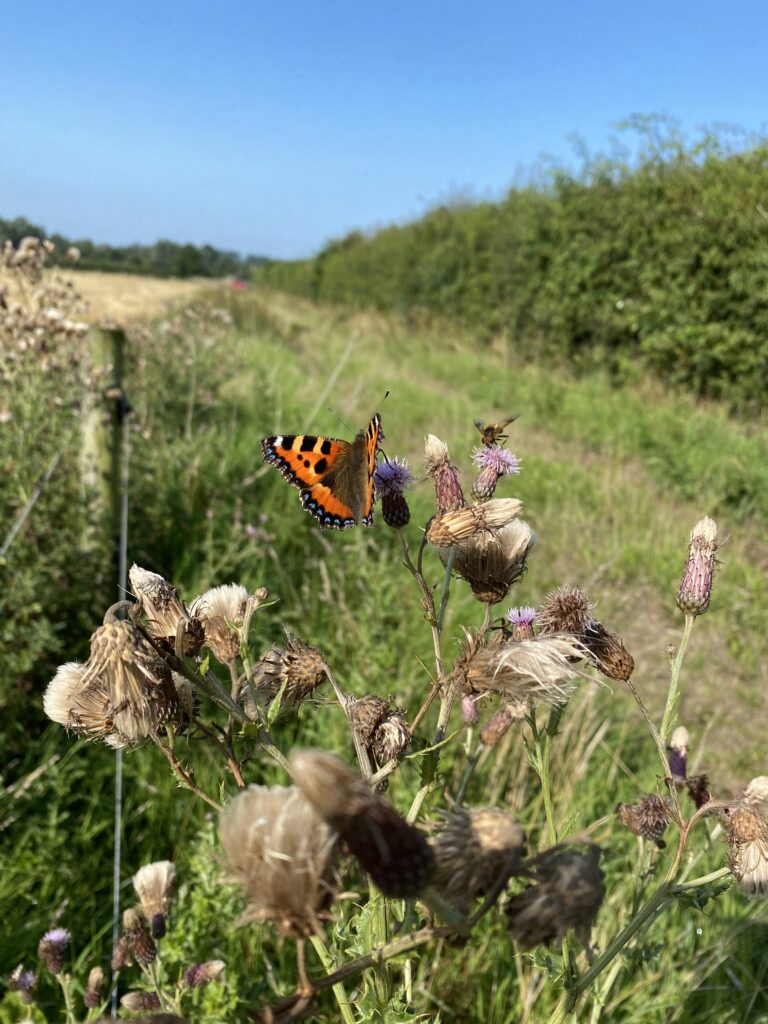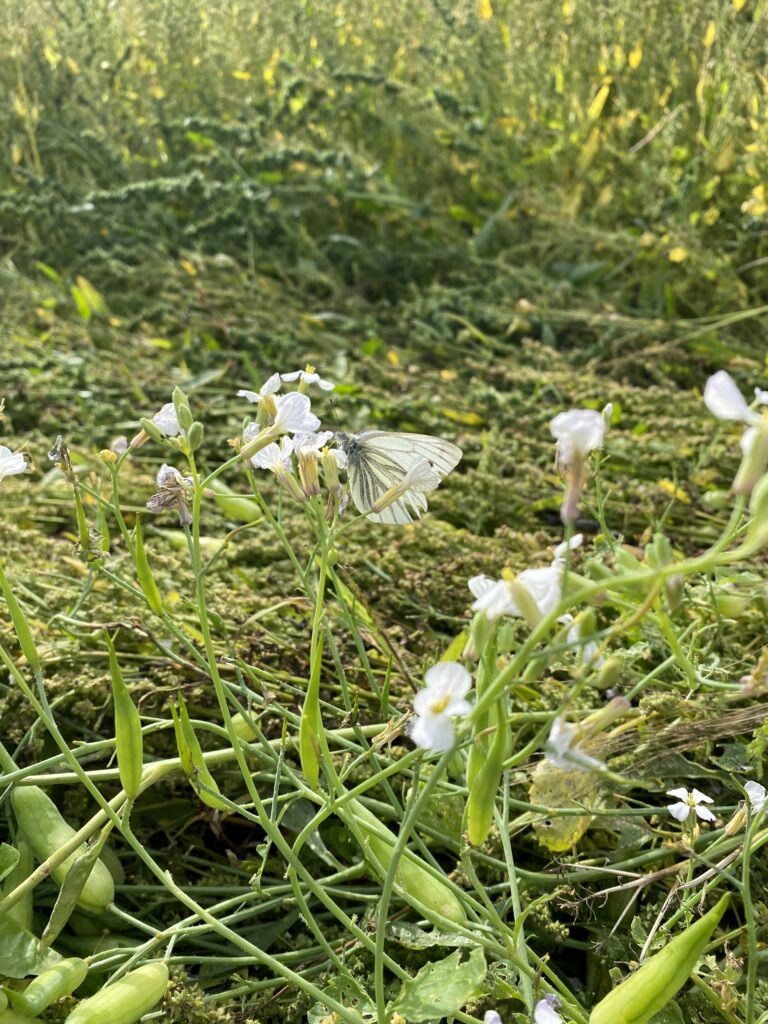Butterfly Counts at O’Neill’s
Butterflies are widely recognised as valuable environmental indicators, both for their quick and sensitive responses to climatic shifts and as representatives of biodiversity. A decline in the population of butterflies can be a warning of imminent environmental adversity or potential habitat loss for other wildlife. They have short life cycles and as a result, react quickly to environmental changes. While they are natural pest controllers and treasured pollinators; butterflies are also a valuable element of the food chain, as prey for birds, bats and other insectivorous animals.
Completing butterfly counts across transects is a way of measuring changes in the presence, abundance and variety of butterflies in a habitat, from one year to the next. They are easy to recognise and unlike most other groups of insects have been historically well-documented, with a wealth of knowledge available on their ecology and taxonomy.
In the Spring and Summer months of 2021, 2022 and 2023 volunteers completed weekly butterfly counts throughout a range of habitats on O’Neill’s Farm at the CAFRE Greenmount Beef and Sheep Centre. O’Neill’s is comprised of 30 hectares of grazing and minimum-tillage arable crop production. Recently, an emphasis has been put on improving and increasing the number of habitats on O’Neill’s farm, to enhance biodiversity. These habitats included wildflower margins, winter feed crops, grass margins, a riparian buffer strip, a 0.8 hectare plot of agroforestry and pre-existing hedgerows and woodland.
Butterflies feed on nectar produced by flowers, trees and other flowering plants. They use smell to detect appropriate plants and will cover wide distances just to reach them. Improving and increasing the number of desirable habitats, in close proximity to each other, aimed to increase the number of butterflies on farm, as well as other wildlife.
A large variety of species were identified as part of the butterfly counts. Across all three years (2021 – 2023), the most commonly identified species included the ‘Small White’ and the ‘Green-veined White’. According to data collected by the UK Butterfly Monitoring Scheme, a very highly significant decline of 66% has been recorded in the ‘Small Tortoiseshell’ species over the last 10 years. In 2021, the ‘Small Tortoiseshell’ was the second most abundant species recorded at the CAFRE Beef and Sheep Centre, however, the numbers found in 2022 and 2023 were greatly reduced.
Going forward, a continued emphasis will be put on providing and improving habitats for butterflies and other wildlife at CAFRE. The weekly butterfly counts will continue to be carried out in 2024 and beyond, to provide valuable data on the health of our farmed ecosystem.
More details on the CAFRE Butterfly Monitoring Scheme site and other sites across the UK can be found here.
If you are interested in volunteering in butterfly transects, please contact the Biodiversity Team at CAFRE Greenmount here.


